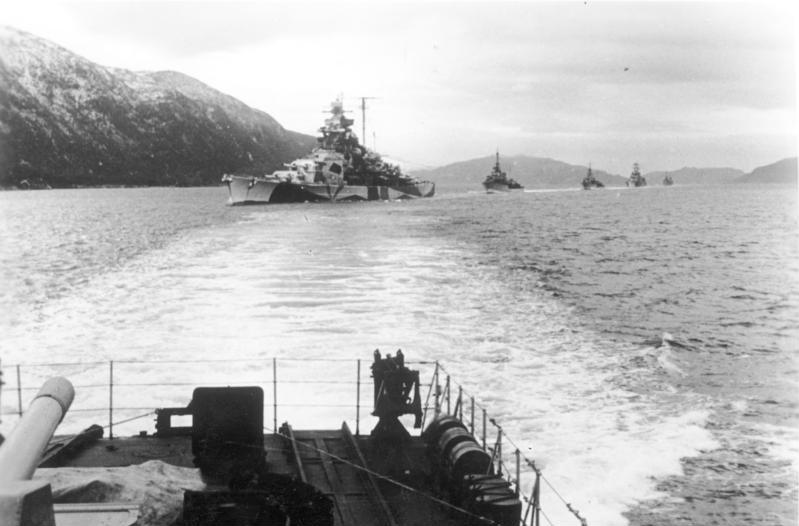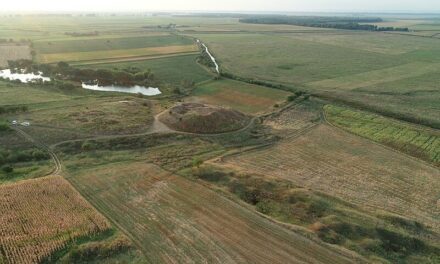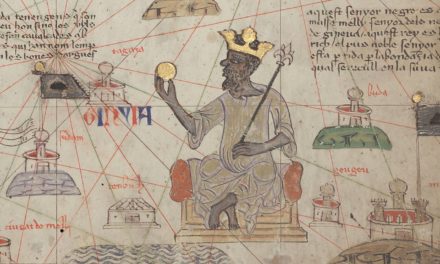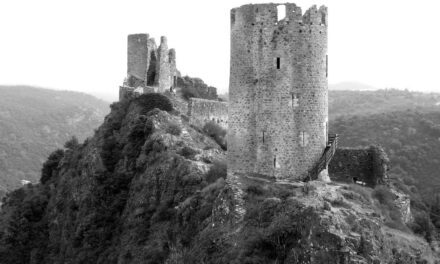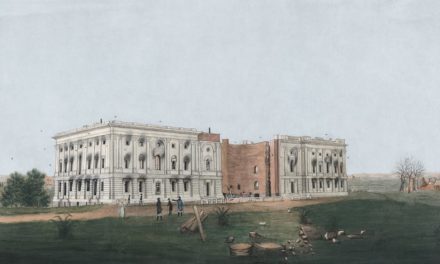History Guild General History Quiz 122
See how your history knowledge stacks up!
Want to know more about any of the questions? Once you’ve finished the quiz click here to learn more.
Have an idea for a question? Suggest it here and we’ll include it in a future quiz!
The stories behind the questions
1. Where was the Tirpitz sunk?
Tromsø Fjord, Norway – The huge Bismarck class Tirpitz was the heaviest battleship ever built by a European navy. Tirpitz acted as a fleet in being, forcing the British Royal Navy to retain significant naval forces in the area to contain the battleship. In September 1943 the ship was damaged in an attack by British mini-submarines and subsequently subjected to a series of large-scale air raids. On 12 November 1944, British Lancaster bombers equipped with 12,000-pound (5,400 kg) “Tallboy” bombs scored two direct hits and a near miss which caused the ship to capsize, her magazine to explode and sink, killing at least 950 of her crew.
2. Who was the US President at the time of the moon landing?
Richard Nixon – Commander Neil Armstrong Buzz Aldrin landed the Apollo Lunar Module Eagle on July 20, 1969. Richard Nixon became US President on the 20th of January 1969. On Sept. 12, 1962, President John F. Kennedy had declared that by the end of the decade, the United States would land astronauts on the Moon.
3. Which British Admiral was executed for breaching the Articles of War in 1757?
Admiral John Byng – Byng failed to relieve a besieged British garrison during the Battle of Minorca at the beginning of the Seven Years’ War. He had sailed for Minorca at the head of a hastily assembled fleet of vessels, some of which were in poor condition. He fought an inconclusive engagement with a French fleet off the Minorcan coast and then elected to return to Gibraltar to repair his ships. Upon return to Britain, Byng was court-martialled and found guilty of failing to “do his utmost” to prevent Minorca from falling to the French.
Once the court determined that Byng had “failed to do his utmost”, it had no discretion over punishment under the Articles of War. In accordance with those Articles the court condemned Byng to death, but unanimously recommended that the Lords of the Admiralty ask King George II to exercise his royal prerogative of mercy. The King did not exercise his prerogative to grant clemency. Byng is the most senior member of the British military ever to be executed.
4. Which colonial power controlled Madagascar from 1883 to 1960?
France – France invaded Madagascar in 1883 in what became known as the first Franco-Hova War. After a prolonged period of wars France fully occupied Madagascar, declaring it a colony in 1897. The occupation of France during the Second World War tarnished the prestige of the colonial administration in Madagascar and galvanized the growing independence movement, leading to the Malagasy Uprising of 1947. This movement led the French to establish reformed institutions in 1956 under the Loi Cadre (Overseas Reform Act), and Madagascar moved peacefully towards independence in 1960.
5. Which military are these soldiers part of?
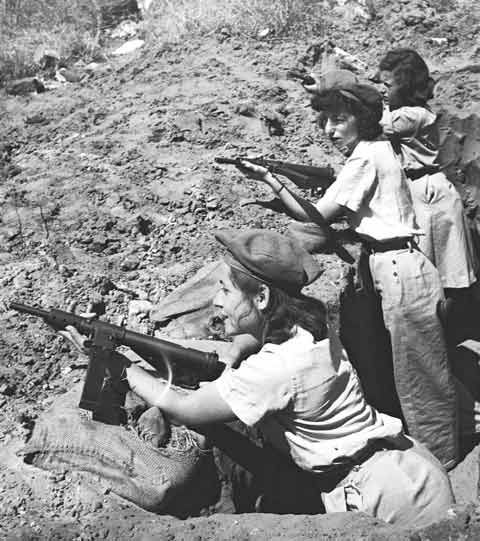
Israeli – These soldiers are part of the Israeli Haganah, which was the main Zionist paramilitary organization of the Jewish population in Mandatory Palestine between 1920 and its disestablishment in 1948, when it became the core of the Israel Defence Forces (IDF). They are using Sten MKII submachine guns. The Sten was manufactured by the British and used simple stamped metal components and minor welding, which required minimal machining and manufacturing.
6. How long were the USSR and Japan at war with each other during WW2?
1 month – The USSR declared war on Japan on the 9th August 1945, with the Soviet invasion of the Japanese puppet state of Manchukuo. The Soviet entry into the war was a significant factor in the Japanese government’s decision to surrender unconditionally, as it made apparent that the Soviet Union was not willing to act as a third party in negotiating an end to hostilities on conditional terms. The Japanese surrendered on the 3rd September 1945.
7. When was canned food first developed?
1809 – During the first years of the Napoleonic Wars, the French government offered a hefty cash award of 12,000 francs to any inventor who could devise a cheap and effective method of preserving large amounts of food. The larger armies of the period required increased and regular supplies of quality food. In 1809, Nicolas Appert, a French confectioner and brewer, observed that food cooked inside a jar did not spoil unless the seals leaked, and developed a method of sealing food in glass jars.
8. Who replaced Joseph Stalin as the leader of the USSR?
Georgy Malenkov – After Stalin’s death, Malenkov ruled as part of a troika alongside Lavrentiy Beria and Vyacheslav Molotov. The troika would ultimately break down when Beria was arrested later in 1953. Shortly thereafter, he found himself locked in a power struggle against Nikita Khrushchev, who succeeded him.
9. When do we have evidence of humans first brewing alcohol?
12,000 years ago – At sites in eastern Turkey, dating to around 12,000 years ago, the remains of what appear to be brewing vats, combined with images of festivals and dancing, suggest that people were gathering in groups and fermenting grain or grapes. Read about WHY DO WE LIKE TO GET DRUNK?
10. Where was the horse first domesticated?
Kazakhstan – Discoveries from the Botai culture suggest that Kazakhstan is the location of the earliest domestication of the horse, around 3500 BCE.

